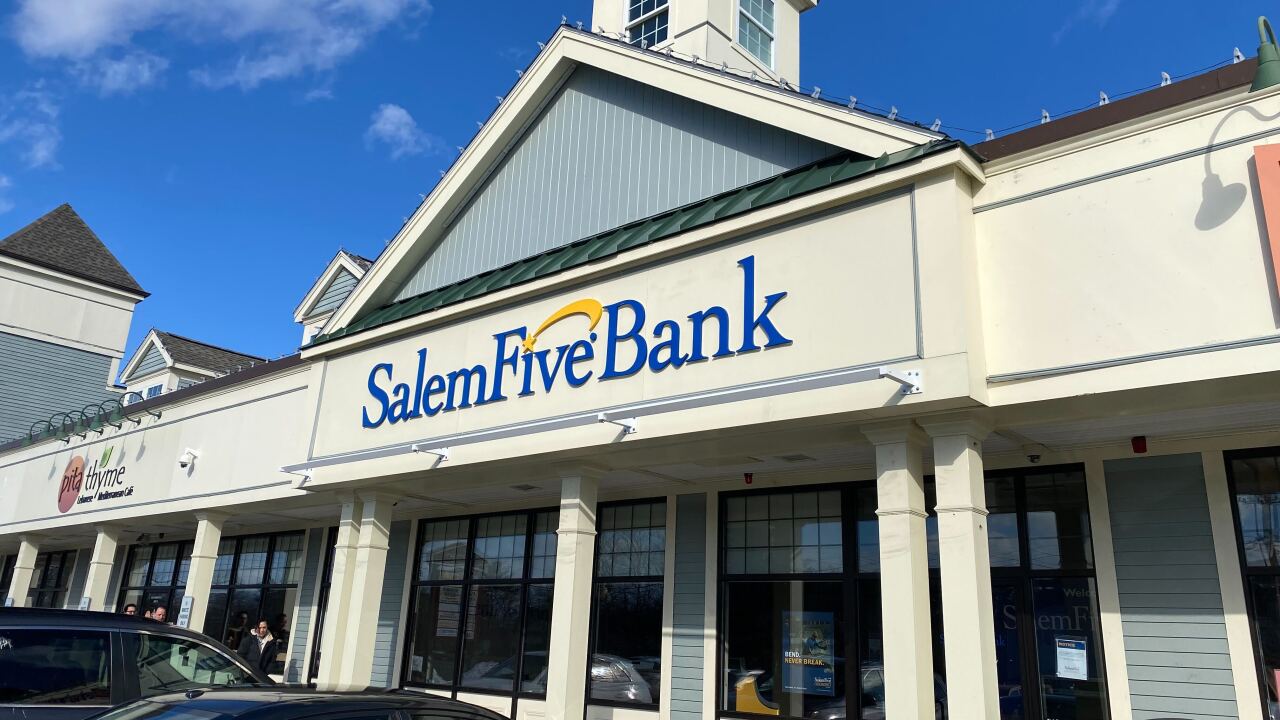-
BBVA's purchase this week of Madiva Soluciones will help it solve customer analytics problems. But more importantly, it brings the bank a stable of experienced data scientists.
December 12 -
Capital One's recent hire of Google's Dan Makoski is a rare coup for a financial services company. Most financial institutions still struggle to recruit top tech talent.
August 6 -
Just three months after acquiring digital banking startup Simple, BBVA Compass is continuing its digital self-improvement journey with the hire of two high-profile executives.
May 13 -
Mark Jamison of Capital One envisions a future in which financial services companies mimic Apple and other tech giants, turning bureaucracies into plug-and-play digital platforms.
April 25 -
Mark Jamison has been setting up a Digital Innovation Lab at the bank to test new technology for digital payments and other e-banking services.
November 28
AUSTIN, Texas The dress was casual. The presentations were edgy. But the representatives of
The four-year-old
Sporting zippered hoodies, members of the lab stood next to a DJ's turntable station and held forth on the rewards of working with a "kick-ass team," in the words of Mili Mittal, the division's head of product.
The presentations reflected the existential worries of a heavily regulated banking industry that often
One example of the Labs' work is the
Mittal, previously the cofounder and chief executive of a food-tech startup, said she loved being an entrepreneur but found the financial uncertainty and lack of medical benefits stressful. Capital One, she said, gives her the best of both worlds.
"I actually feel like I'm still living the startup life," Mittal said Saturday.
She admitted she did not initially believe a financial institution could suit her career goals. "Banks aren't exactly the first thing you think about when you think of companies in consumer tech innovation and making the world a better place," Mittal said.
When she went to interview with Capital One Labs two years ago, Mittal expected to see "cubicles and spreadsheets," she said. Instead she found walls plastered with sticky notes a sign of creative minds at work and "people like me," none of whom had worked at a bank before joining the lab.
Mittal noted that, despite its
If your eyes are rolling right now, Mittal also described some more pragmatic perks of developing technology and products under the wing of the country's
And when one of the few dozen or so techies in the audience asked if she had any thoughts about virtual currency a
Jason Valentino, the technology director at Capital One Labs, showed a similar mix of tech-sector exuberance and big-company worldliness in his presentation the day before.
When asked how the lab helps newly hired software developers get acclimated to the organization, Valentino joked, "beer." But the serious answer that followed was revealing.
Most of the 80 or so people the lab employs in San Francisco, New York and Washington came from much smaller organizations than Capital One, said Valentino. "So they come in with kind of fun preconceived notions of how things should be done," he said. As a result, "the biggest problem I have is that when we hire someone from a company of five, and he looks at me and he's like, 'why do I have to go through you?'" to green-light an idea. "And I'm like, 'It takes 15 seconds. There are other people in this world that wait months. I'm not the bad guy.'"
This was Capital One's first year at South by Southwest; for Silicon Valley Bank, it was the sixth. Instead of recruitment, the $37 billion-asset lender, based in Santa Clara, Calif., which focuses on serving exactly the kind of businesses its name implies, was on the scene mainly to meet with clients. The bank rented out a restaurant a few blocks from the Capital One branch, offered chair massages to visitors upstairs and sponsored "mob pop-up" fitness classes.
"We see other banks try to sponsor events," said Robert Sureck, senior market manager for the southwest region at Silicon Valley Bank. "There's not a perfect fit like there is for us. Our constituents are walking down the street right now."





